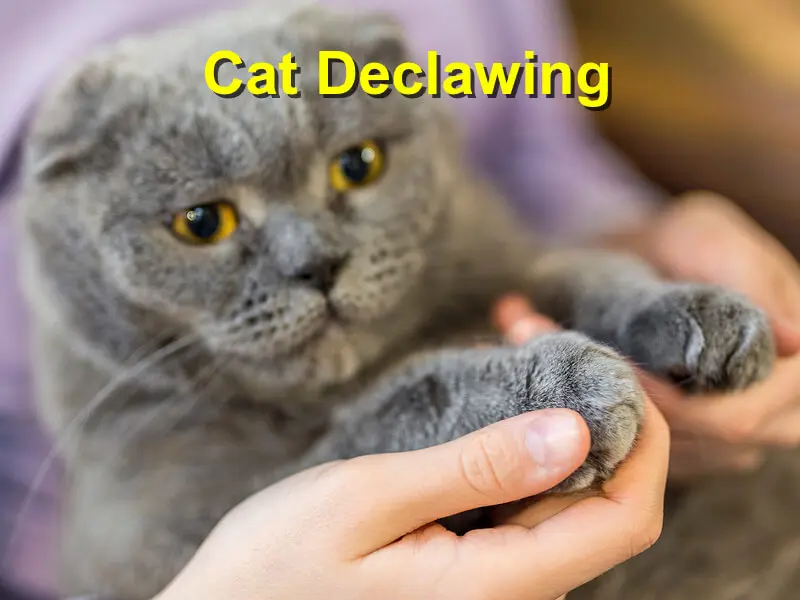Cat Declawing: What you Need to Know
Onychectomy, a medical term for declawing a cat has become quite a contentious issue! Every pet owner has to carefully outweigh their options before taking their cat to the veterinarian. When the cat poses a risk to other pets, a pet owner can consider declawing. However, remember that after declawing a cat, they can never go outdoors as they become defenseless.
Is declawing necessary?
One main reason people declaw their cat is to prevent them from scratching furniture. After coming home to shredded carpet or furniture, some people are often tempted to consider declawing. Similarly, when the cat is always attacking other pets or causing destruction, pet owners prefer declawing instead of correcting their behavior through proper training.
On the other hand, some people have their reasoning for declawing. For example, the elderly and chronically ill people like to avoid scratching from cats as they mostly have more delicate immune systems. The cat may have bacteria that can pose a threat to their health.
How do cats use their claws?
Cats mainly use claws for protection. Apart from using claws to keep predators at bay (including dogs or other cats that may chase them), they also use them to climb a building and escape impending danger.
A cat’s anatomy
Likewise, claws form an integral part of a cat’s anatomy. Unlike most mammals that walk using their feet, cats are engineered to use their toes. The back, shoulder, muscle, tendons, paws, and ligaments evenly distribute a cat’s mass across the toes. Cats also use claws for other things, including stretching, exercise, and balance.
The procedure
Declawing or onychectomy is a medical procedure done under general anesthesia. The entire bone, including the tendons and ligaments, are removed. The process is like carrying out ten amputations.
After the operation
While cats generally heal well after the surgery here are a few things worth looking for:
• Joint and Back problems: Declawing a cat often causes back problems such as atrophy.
• Issues with their litter box: Cats have tender paws after declawing and may not feel good walking on litter. Since most cats refuse to step on the litter box after surgery, pet owners are advised to use only a paper-based litter box.
• Personality changes: Some cats become fearful and aggressive.
Conclusion
Before you decide on declawing your cat, ensure you learn what the procedure entails from a qualified veterinarian.
References: Pet Health Network, AVMA, AVMA




